Cooling in plastic extrusion1 is a critical step that solidifies the molten plastic after it exits the die, ensuring the final product maintains its shape, dimensions, and desired properties. By controlling the cooling process, manufacturers can optimize production speed, surface finish, and mechanical strength, making it a cornerstone of efficient plastic manufacturing.
Cooling in plastic extrusion solidifies the plastic, ensuring shape retention and dimensional stability, while influencing surface finish, production speed, and mechanical properties like strength and flexibility.
Understanding the role of cooling is essential for manufacturers aiming to enhance product quality and streamline production. In this post, we’ll explore the cooling process, its methods, applications, and how it impacts the final extruded product, providing actionable insights for optimizing your extrusion operations.
Proper cooling can enhance the mechanical properties of extruded products.True
Controlled cooling rates minimize internal stresses and optimize crystallinity, improving strength and flexibility.
Cooling is only necessary for thick plastic products.False
Even thin products like films and sheets require precise cooling to maintain dimensional accuracy and surface quality.
- 1. What Is Cooling in Plastic Extrusion?
- 2. What Are the Steps in the Plastic Extrusion Process with a Focus on Cooling?
- 3. What Factors Influence the Choice of Cooling Method in Plastic Extrusion?
- 4. How Does Cooling Affect the Properties of Extruded Plastic Products?
- 5. What Are the Applications of Cooling in Plastic Extrusion?
- 6. What Are the Differences Between Cooling Methods in Plastic Extrusion?
- 7. Conclusion
What Is Cooling in Plastic Extrusion?
Cooling in plastic extrusion is the process of reducing the temperature of the extruded plastic below its melting point to solidify it and lock in its intended shape. Often referred to as post-extrusion cooling or solidification cooling, this step ensures dimensional stability and tailors the mechanical properties of the final product through heat transfer and cooling rate control.

Cooling methods in plastic extrusion include water cooling, air cooling, and combination cooling, each chosen based on material, product geometry, and production needs.
| Cooling Method | Typical Use Cases | Notes |
|---|---|---|
| Water Cooling | Pipes, tubes, thick profiles | Fast cooling, may leave water marks |
| Air Cooling | Films, sheets, thin profiles | Slower, avoids water marks, less efficient |
| Combination Cooling | Complex shapes, high-speed lines | Balances speed and quality |
Water Cooling
Water cooling involves immersing the extruded plastic in a water bath or spraying it with water to rapidly remove heat. It’s widely used for thick products like PVC pipes, offering quick solidification but potentially leaving water marks that may require additional finishing.
Air Cooling
Air cooling employs natural or forced air to cool the plastic, ideal for thinner products like films and sheets. While slower than water cooling, it avoids water-related defects and is preferred when surface finish is a priority.
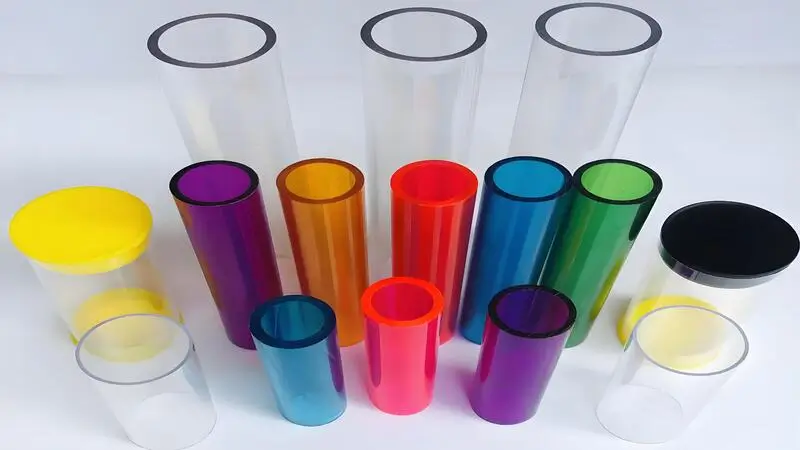
Combination Cooling
Combination cooling integrates water and air methods, such as initial water cooling2 followed by air drying. This approach is versatile for complex shapes or high-speed lines, balancing rapid cooling with surface quality.
Water cooling is the fastest method for solidifying extruded plastic.True
Water’s high heat transfer coefficient enables quicker heat removal compared to air.
Air cooling is unsuitable for thick plastic products.True
Thick products may not cool uniformly with air, risking internal stresses or deformation.
What Are the Steps in the Plastic Extrusion Process with a Focus on Cooling?
The plastic extrusion process comprises several stages, with cooling3 being a pivotal step that determines product quality.
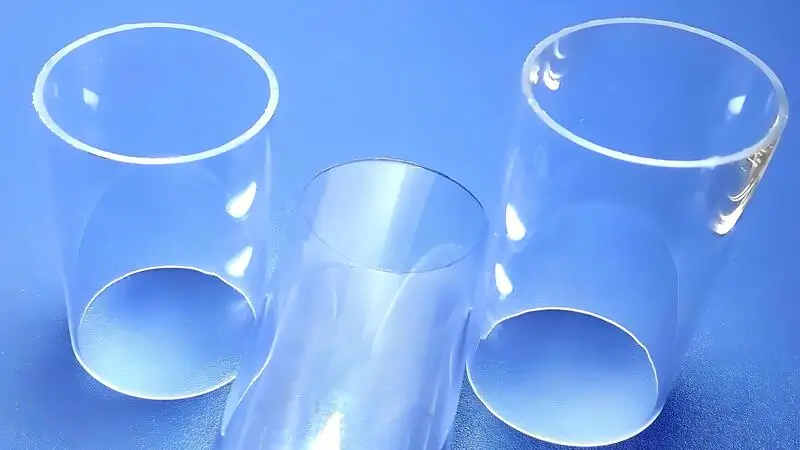
The plastic extrusion process includes feeding, melting, shaping, cooling, and post-processing, with cooling ensuring dimensional accuracy and defect prevention.
Feeding and Melting
Plastic pellets are fed into a hopper and melted in a heated barrel by a rotating screw, transforming them into a molten state for shaping.
Shaping
The molten plastic is pushed through a die, forming it into the desired profile, such as a pipe, sheet, or tube.
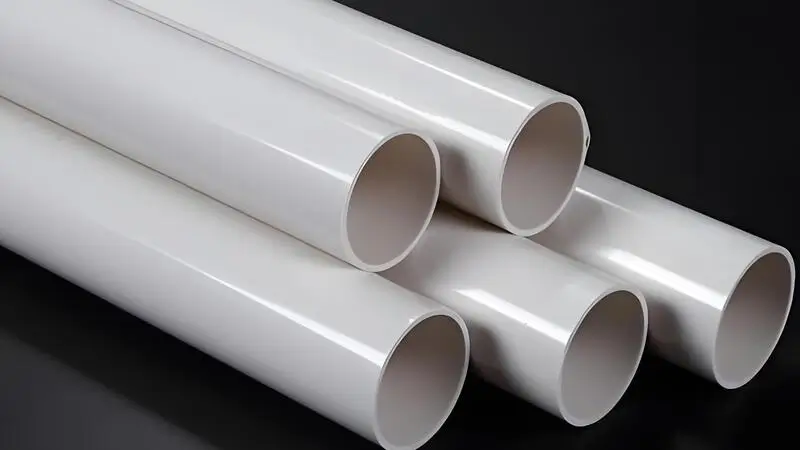
Cooling
Post-die, the plastic enters the cooling stage, where it solidifies via water baths, air streams, or chill rolls. The cooling method4 and rate are critical to prevent defects like warping or internal stresses while maintaining shape.
Post-Processing
After cooling, the product may be cut, trimmed, or further processed to meet specifications.
Cooling is the most time-consuming step in plastic extrusion.False
Cooling duration varies by product and method, but it’s often quicker than melting or post-processing.
Proper cooling ensures dimensional stability and reduces defects.True
Controlled cooling prevents warping, shrinkage, and surface imperfections.
What Factors Influence the Choice of Cooling Method in Plastic Extrusion?
Selecting the optimal cooling method is key to achieving desired product quality and production efficiency.

The choice of cooling method depends on material type, product geometry, production speed, and surface finish requirements.
Material Type
Plastics like PVC (used in pipes) often require water cooling5 due to their thermal properties, while polystyrene (used in films) may favor air cooling for its quick solidification characteristics.

Product Geometry
Thick products like pipes need rapid cooling to avoid sagging, whereas thin films demand controlled cooling for uniform thickness and clarity.
Production Speed
High-speed lines benefit from fast methods like water cooling to maintain throughput, while slower lines may use air cooling for precision.
Surface Finish
Water cooling can achieve a smooth finish but risks water marks, making air cooling preferable for products requiring a pristine surface.
Material type is the most critical factor in choosing a cooling method.True
A plastic’s thermal properties dictate its cooling response, directly affecting product quality.
All extruded products can use the same cooling method.False
Cooling must be customized to material and product specifics to prevent defects.
How Does Cooling Affect the Properties of Extruded Plastic Products?
Cooling significantly influences the final properties of extruded products, from strength to aesthetics.

Cooling impacts mechanical properties, surface quality, and dimensional stability by controlling solidification and minimizing stresses.6
Mechanical Properties
The cooling rate affects crystallinity—rapid cooling creates amorphous structures (flexible), while slower cooling increases crystallinity (stronger, more rigid), tailoring strength and flexibility.
Surface Finish
Water cooling can yield a smooth surface but may leave marks, whereas air cooling provides a clean finish at the cost of slower cooling times.

Dimensional Stability
Uniform cooling prevents warping or shrinkage, ensuring the product retains its intended shape and dimensions.
Faster cooling always improves production efficiency.False
Excessively rapid cooling can compromise quality if not balanced with material needs.
Cooling rate affects crystallinity, influencing mechanical properties.True
Slower cooling enhances crystallinity, boosting strength and rigidity.
What Are the Applications of Cooling in Plastic Extrusion?
Cooling is vital across industries relying on extruded plastics, each with unique cooling demands.
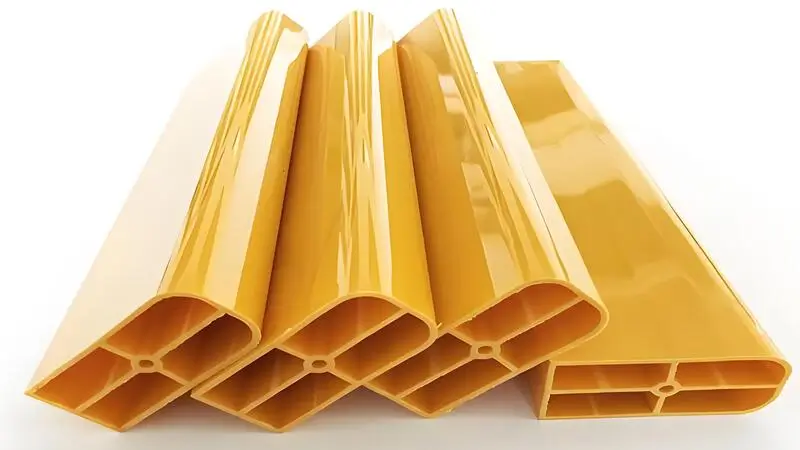
Cooling is critical in construction, packaging, and automotive industries, ensuring products meet quality and performance standards.7
Construction
PVC pipes and window frames require uniform water cooling to maintain shape and durability, essential for structural integrity.
Packaging
Plastic films and sheets for packaging use air cooling or chill rolls to ensure thickness consistency and a clear, smooth finish.
Automotive
Components like fuel lines and insulation demand precise cooling (often a water-air combo) to meet safety and performance criteria.
Cooling is only important for aesthetic purposes.False
Beyond aesthetics, cooling affects mechanical properties and functionality.
Different industries require tailored cooling approaches.True
Unique shape, strength, and surface needs dictate specific cooling methods.
What Are the Differences Between Cooling Methods in Plastic Extrusion?
Each cooling method offers distinct advantages and challenges, guiding their application.

Water cooling is fast but may leave marks, while air cooling is slower with a cleaner finish.8
Water Cooling
-
Pros: Rapid heat removal, ideal for thick profiles, shape retention.
-
Cons: Potential water marks, requires drying systems.
Air Cooling
-
Pros: No water marks, suits thin products, simple setup.
-
Cons: Slower, less effective for thick items.
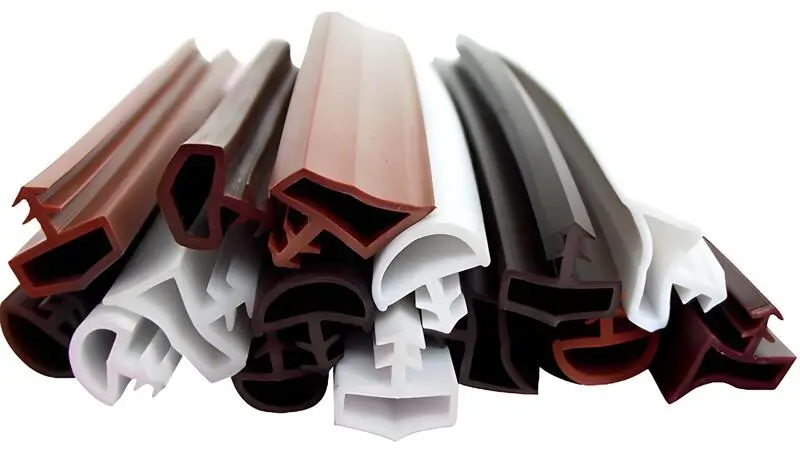
Combination Cooling
-
Pros: Balances speed and quality, versatile for complex shapes.
-
Cons: More complex, higher costs.
Water cooling is always the best choice for all products.False
It’s unsuitable where water marks are a concern or for thin profiles.
Combination cooling offers the best of both worlds for complex products.True
It provides rapid initial cooling and controlled finishing.
Conclusion
Cooling in plastic extrusion is a fundamental process that ensures products meet quality standards for shape, surface finish, and mechanical properties. By choosing the right cooling method—water, air, or a combination—manufacturers can enhance efficiency and performance. Mastering cooling’s role and its interplay with materials and applications is key to excelling in plastic extrusion.
-
Explore this link to understand how cooling affects product quality and production efficiency in plastic extrusion. ↩
-
Learn about water cooling's advantages and challenges in plastic extrusion for better production outcomes. ↩
-
Understanding the role of cooling can enhance your knowledge of product quality in plastic extrusion. ↩
-
Exploring various cooling methods can help you choose the best one for your production needs. ↩
-
Learning about water cooling's pros and cons can guide you in optimizing your extrusion process. ↩
-
Understanding how cooling affects mechanical properties and surface quality is crucial for optimizing production processes in plastic extrusion. ↩
-
Explore the importance of cooling in various industries to ensure product quality and performance standards are met effectively. ↩
-
Learn about the trade-offs between water and air cooling methods to make informed decisions in manufacturing processes. ↩









